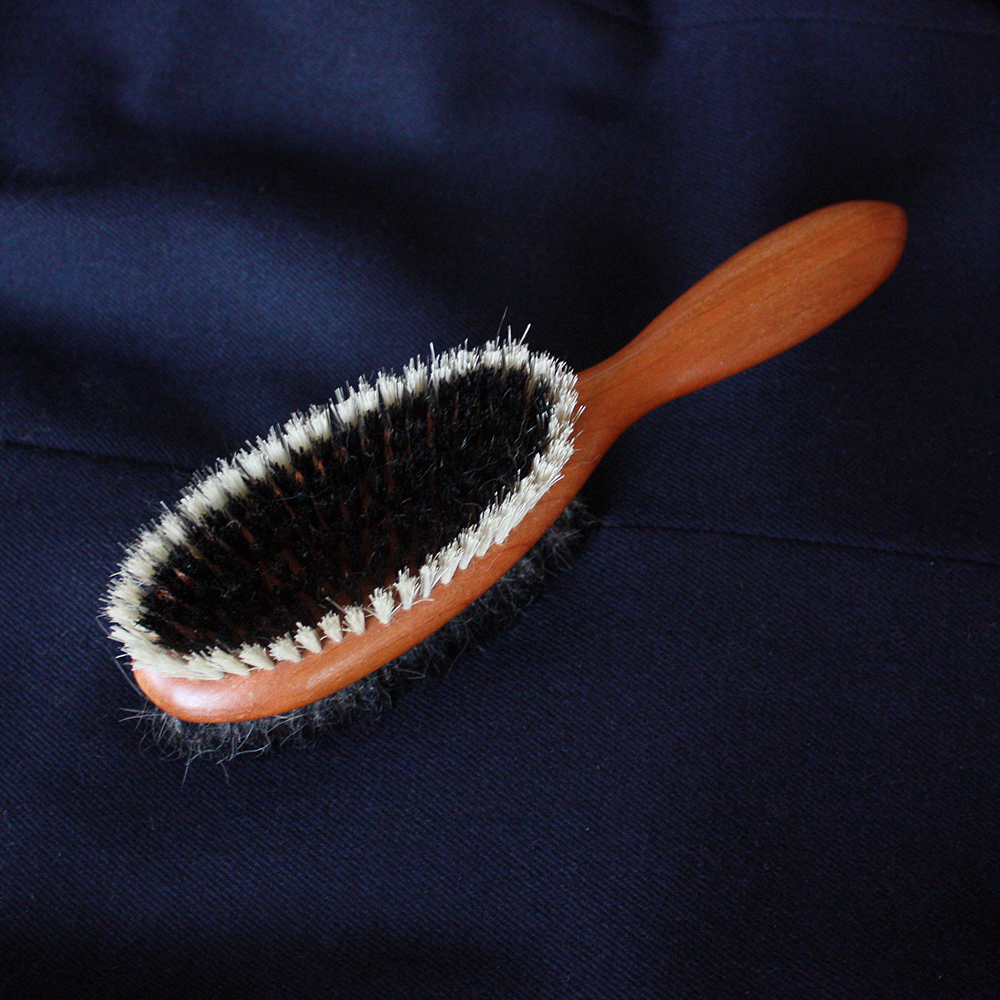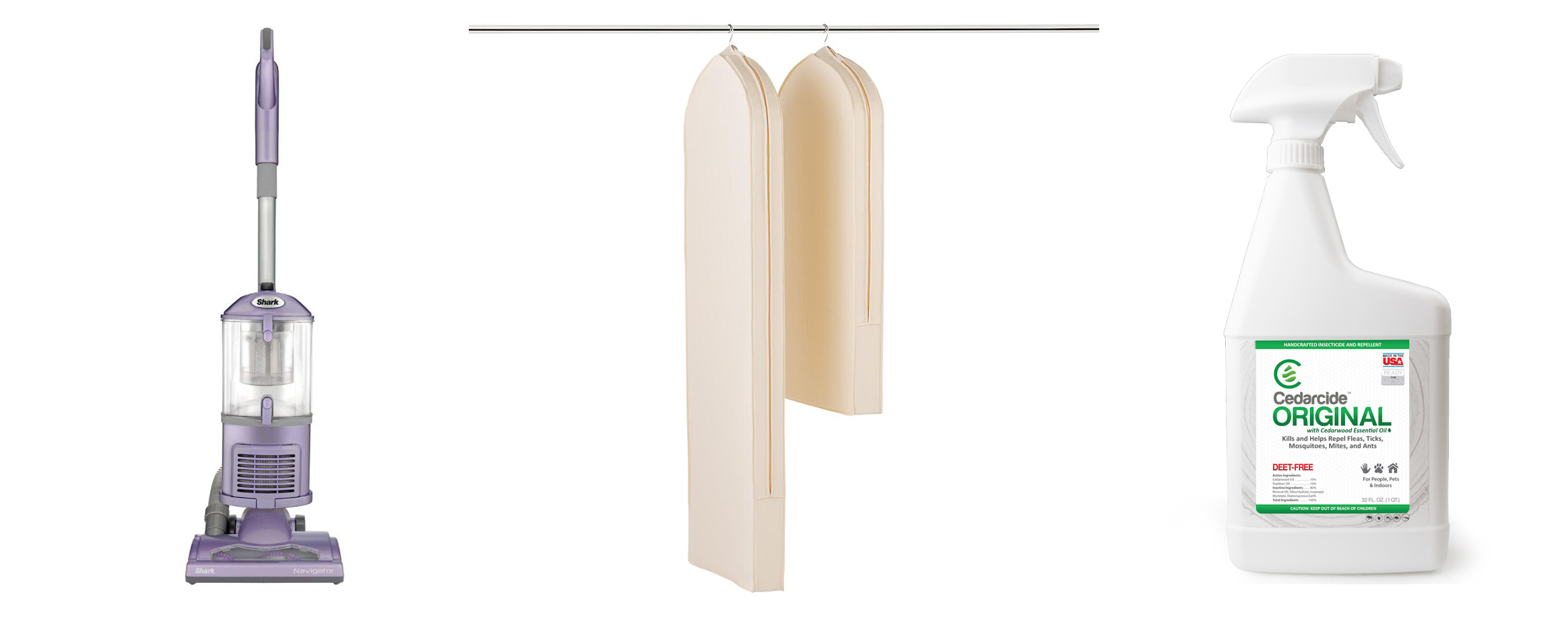
For some reason, spring is synonymous with cleaning around the world. In Iran, people practice something called khāne-takānī (literally “shaking the home”) on the first day of spring, which happens to be around the Persian new year. On this day, everything in the home is cleaned, from the carpets to drapes. In Greece, there’s a similar practice called Clean Monday. On Maundy Thursday, which is the day before Good Friday in the spring, the Catholic Church will also thoroughly clean the altar and everything associated with it.
It’s possible that many of these cultures developed their springtime cleaning rituals practically. Spring, after all, is when things get warm again so that you can open up the windows. But here in the United States, there’s another good reason to do a spring cleaning: moths start to hatch in large numbers in March and April. Few of us clean our homes as often as we should. But if you’re going to clean your closet, now is the time to do it.
Contrary to popular belief, flying moths aren’t the ones that are eating your clothes. It’s the larva, which is that stage of a moth’s life before it hatches wings. A larva will wrap itself in debris, climb onto a sweater or sport coat, and then nibble away at the protein until it grows big enough to sprout wings. At that point, it will flutter around your home looking to reproduce. By the time you see it, it has done almost all of its eating.
A couple of years ago, I interviewed Camille Myers Breeze, a leading textile conservator who founded the company Museum Textile Services. Breeze specializes in all things made from fabrics and fibers. Over her thirty-year career, she’s helped conserve 14th-century tapestries, historical battle flags, pre-Columbian textiles, tiny embroidered baptismal caps once worn by US Presidents, and even ancient Peruvian mummy bundles. When I asked her how can someone prevent moth damage, the common theme through her answers was “clean well, clean thoroughly, and clean regularly.”

Most of us don’t clean our closets as often as we should. There are too many old clothes hanging in the back, boxes of books, and miscellanea from our past stacked on top of each other. But even if you don’t clean your closet regularly, try to make it at last once a year — and make it March before those moth eggs start to hatch. Here’s what a good spring cleaning should look like:
Clean Your Clothes: If you know you have a moth infestation, the first thing you need to do is clean all your clothes. That means washing whatever can be thrown into the laundry and then dry cleaning the rest (knits can be gently hand-washed). If you live somewhere with extreme weather conditions, Breeze suggests bagging up your clothes and putting them in your car’s trunk. Then leave them there for a few days in the freezing or hot weather — the temperature will kill the eggs.
If you don’t think you have a moth infestation, take all your suits, sport coats, outerwear, and wool trousers outside, and give them a quick cleaning with a stiff-bristled clothes brush (I use Kent’s CC20). Do this outside, so that any dirt, debris, and most of all, moth eggs, don’t stay in your home. Take care to brush hidden spaces, such as the undercollar on your sport coats. Moths like to lay eggs in dark places.
Vacuum Like Crazy: The absolute must. Take everything out of your closet and vacuum the floorboards, the shelves, and every nook and cranny. Once you’re done, you can also spray the area with Cedarcide. “Cedar oil dries out their carapace,” says Breeze. “It affects every stage of their lifecycle, from larvae to adult. You don’t want to spray this on your clothes because it may stain certain fabrics, but it’s fine for your walls and floor. It’ll sink in and have residual benefits. Plus, it’s much better than using diatomaceous earth, which is a very fine powder you often see recommended for these infestations. Some people recommend that because it scratches the bugs and kills them, but it’s not safe for pets or people to breathe in. I wouldn’t put that into floorboards.”


Clean out Dresser Drawers: Do the same for your knitwear storage spaces. If you can, give your knits a quick handwash before storing them away. If you have too many knits for this to be practical, you can at least shake them outside. Then thoroughly vacuum your dresser drawers. If you plan on putting your knitwear away for seasonal storage, Breeze recommends using rigid Tupperware bins, which are made from a stable, food-grade, hard plastic known as polypropylene. “They’re as good as museum boxes,” she says. “Before I store mine away, I slip a cotton sheet or pillowcase over the top, then snap the lid down. The bugs you’re trying to keep away from sweaters are those that eat protein. They’re very different from those that eat cellulose. Things such as silverfish will eat cotton, linen, and other cellulose fibers, but anything that eats wool will have to get through that cotton sheet first. It just adds one more layer of protection.”
Set Up Some Protection: Once you’re done, you can try putting up some preventative measures, such as hanging lavender sachets or cedar blocks around your closet. Breeze doesn’t recommend putting anything directly on clothes, as oils from those materials can stain fabrics. She also strongly discourages people from using mothballs, as they’re toxic. I usually put up some new pheromone-scented moth traps in early spring. But don’t think these substitute for a good cleaning. They will just let you know when you have a moth infestation.
Use Cotton Garment Bags: Finally, for suits, sport coats, and outerwear you won’t use often this coming season, consider storing them in all-cotton garment bags. The ones at The Container Store are reasonably cheap. They don’t have the plastic window that allows you to easily see what’s inside, but multiple experts I’ve spoken to over the years have warned that old plastics can off-gas. If you really need to see what’s inside easily, you can use hangtags.
(photos via Edwin Zee and Mrs. Doubtfire)







